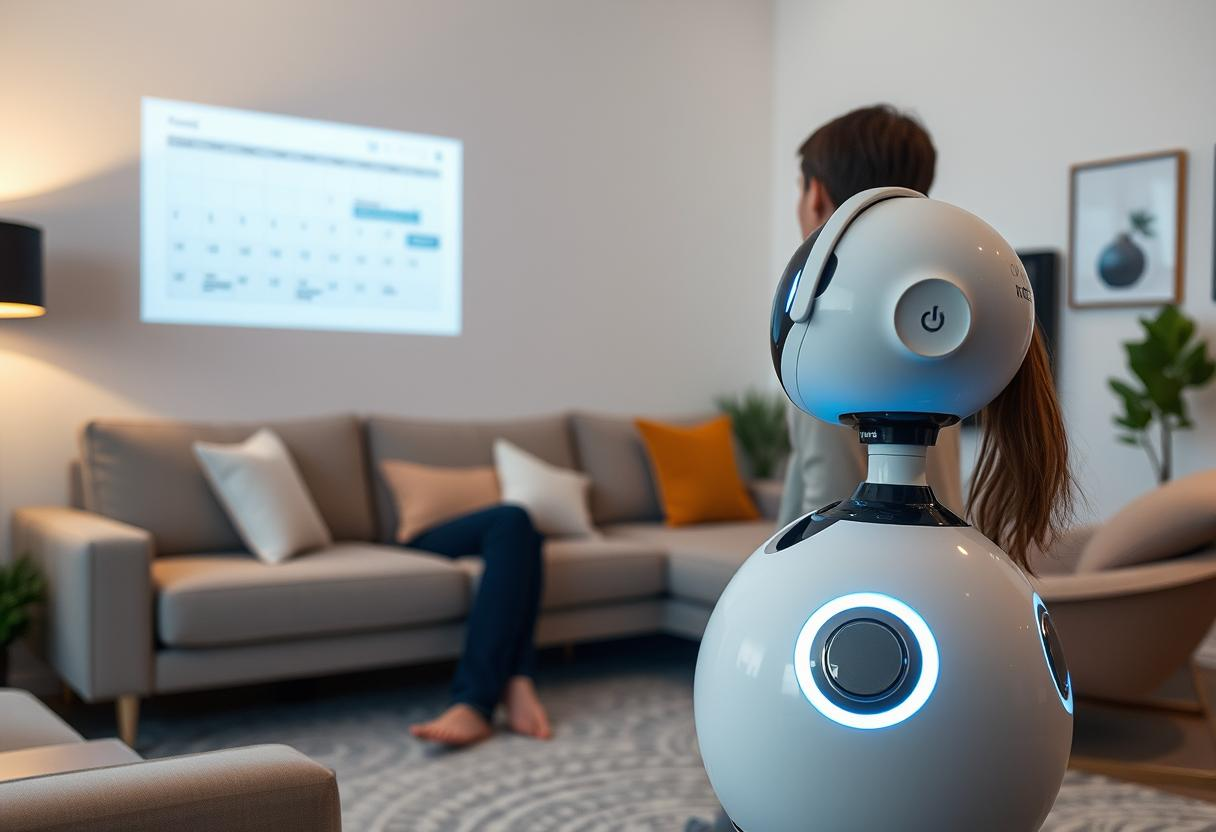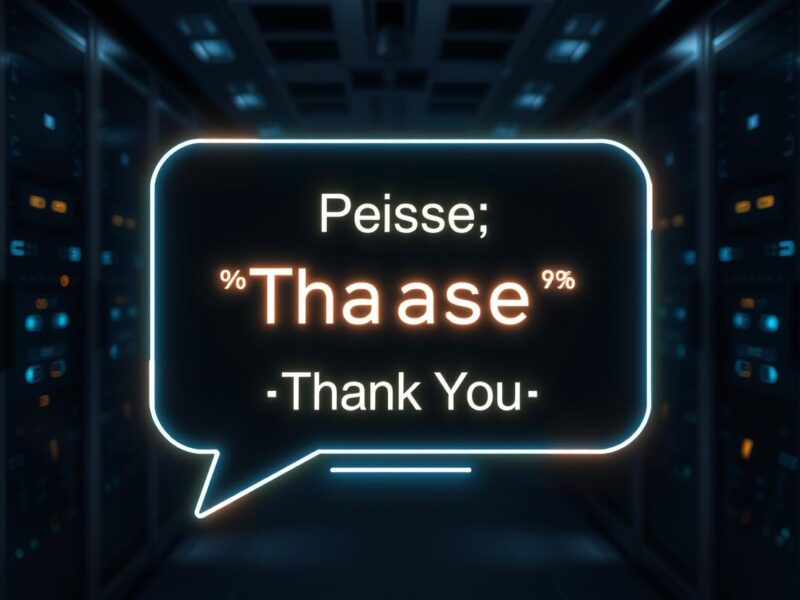Let’s cut to the chase: integrating Google’s Gemini AI into Samsung’s Ballie robot sounds like a match made in tech heaven. � But does it really push the envelope, or are we just dressing up Ballie in a smarter suit? Here’s the deal: Ballie is already a hardware beast with dual projectors, depth sensors, LiDAR, and more. It’s designed to be your rolling companion, navigating your home with ease. Now, throw Gemini into the mix, and you’ve got a robot that not only understands you better but can also offer fashion advice or energy-boosting activities. Sounds cool, right?
But here’s the kicker: does Ballie need Gemini to do its job? Gemini can analyze photos, answer questions, and organize your day, but does being inside a ball-shaped robot make these features shine brighter? Imagine this: you could just as well have Gemini on your tablet, stick it on a skateboard, and voilà, you’ve got a makeshift Ballie. The point is, while Gemini enhances Ballie’s language understanding and suggestion capabilities, it doesn’t magically give it arms to fold your laundry or climb stairs.
Now, don’t get me wrong. The idea of chatting with Ballie about your schedule and having it project a visual summary on your wall is undeniably slick. Gemini’s multi-modal input integration could indeed make interactions smarter. But at the end of the day, if the hardware can’t keep up with the AI’s smarts, we’re left with a demo that’s all talk and no action. The real game-changer will be when Ballie can not only talk the talk but walk the walk—literally.
So, is the Gemini upgrade a leap forward? It’s a step in the right direction, but until Ballie can do more than just roll around and project, it’s hard to see this as anything more than a fancy upgrade. The future of robotics lies in combining intelligent AI with capable hardware. Until then, we might as well enjoy the ride—just don’t expect Ballie to fold your laundry anytime soon.


